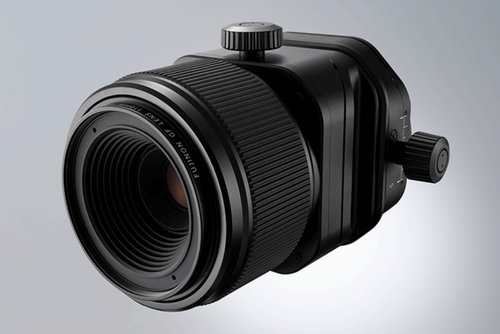Fujifilm recently launched two new tilt shift lenses, including the GF 30mm f/5.6 T/S Lens and the 110mm f/5.6 T/S Macro Lens, but what is a tilt shift lens?
Keep reading to discover everything you need to know about tilt shift camera lenses, including what they are, how they work and when you should use them.
What is a tilt shift lens?
A tilt shift lens is a specialist type of camera lens used in tilt shift photography.
These lenses include small screws that can be rotated to adjust the position of the lens and manipulate the perspective of the resulting image. Tilt refers to the rotation of the lens plane relative to the image plane, while shift involves moving the lens parallel to the image plane.

Tilt shift lenses can be used in a variety of ways, with the most common example being tilting the lens to increase the depth of field. This allows photographers to focus on multiple objects at the same time, including objects in the foreground and the background of an image. Doing this can also create an optical illusion that causes cityscapes to resemble minature models.
A similar effect can be achieved with focus stacking, but the results are much more precise with a tilt shift lens due to the lack of movement between shots. Additionally, focus stacking doesn’t allow the photographer to choose exactly which parts of the image are in focus the way that tilt shift lenses do.
The shifting function is handy for straightening the edges of trees and buildings in landscapes and capturing images of reflective surfaces without exposing the camera’s own reflection.
The shift feature can even be used to capture high-resolution panoramic images with the camera mounted on a tripod. This is because the ability to shift the lens left and right (or up and down) eliminates the need to pan the camera, removing any shake or movement. All you need to do is upload the three images to your PC and stitch them together using any image editing software.

